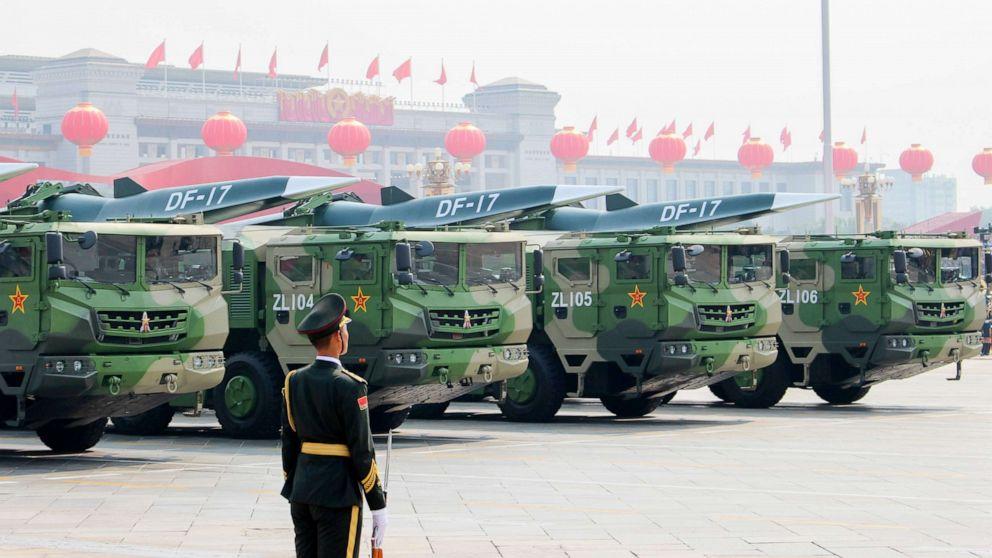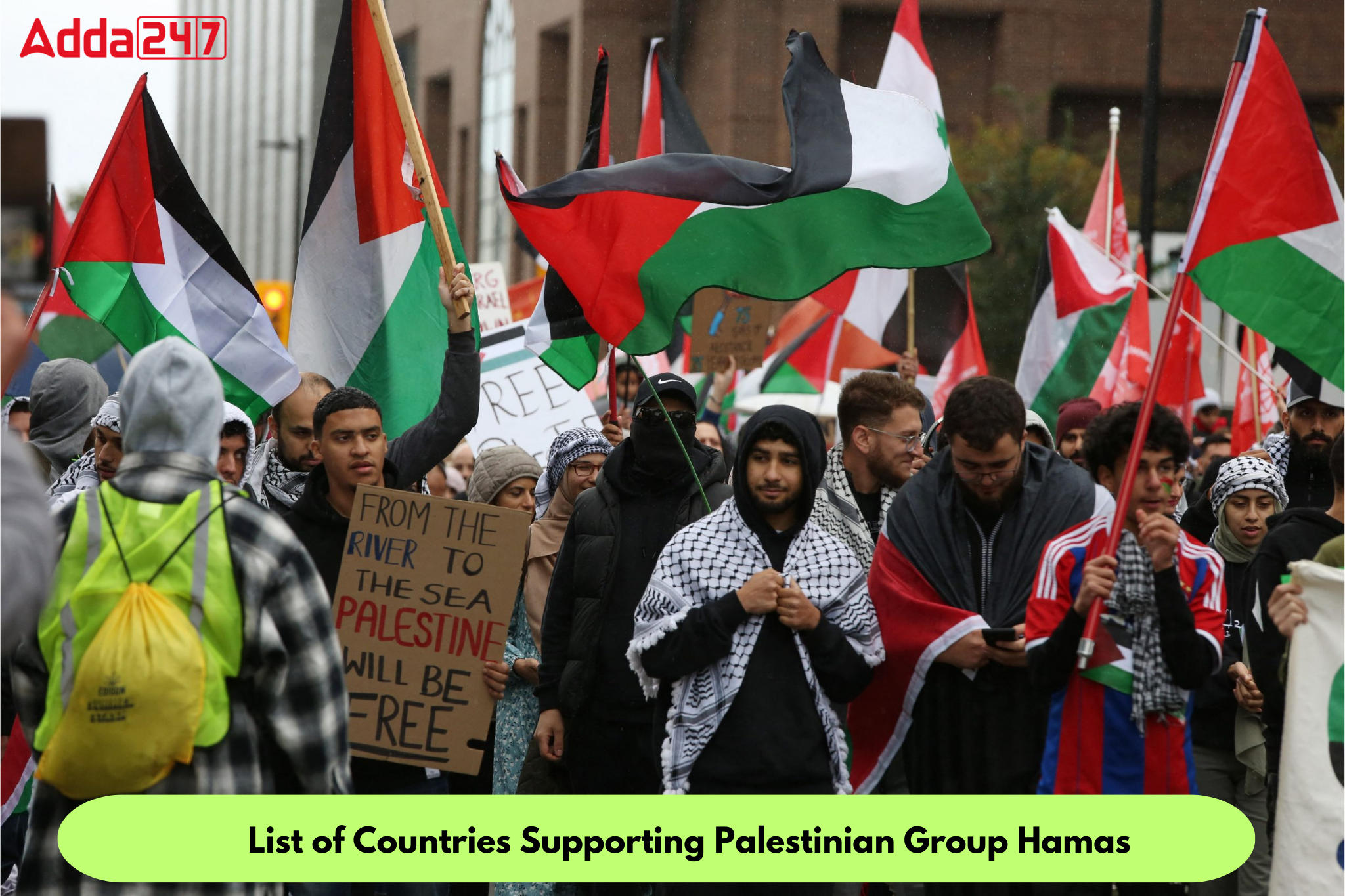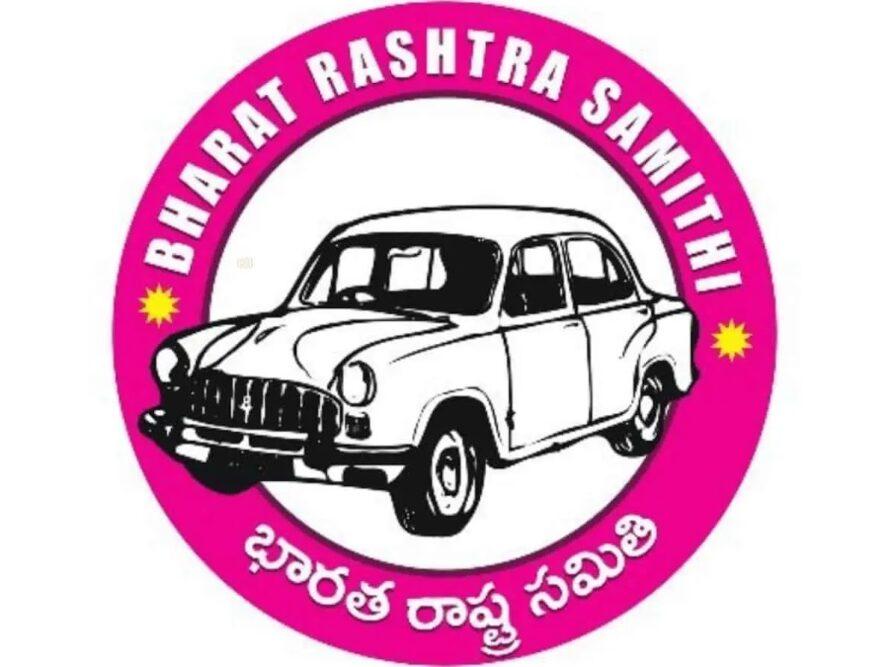
Introduction
India and Israel, two nations with diverse cultures and rich histories, have been nurturing diplomatic relations for decades. The connection between these countries extends beyond politics and diplomacy and encompasses trade, investment, and cooperation in various sectors. In this article, we explore the dynamic partnership between India and Israel, focusing on trade, investment, and potential collaboration sectors, offering valuable insights for students and anyone interested in international relations and business.
Trade Relations
The trade relationship between India and Israel has flourished over the years, benefitting both countries. India’s primary exports to Israel include:
- Pearls and precious stones
- Chemical and mineral products
- Machinery and electrical equipment
- Textile and textile articles
- Plastics
Conversely, India imports the following categories of goods from Israel:
- Machinery and electrical equipment
- Base metals
- Defence-related equipment
- Machinery and transport equipment
- Chemical and mineral products
This exchange of goods and services reflects the growing economic interdependence between the two nations.
Foreign Direct Investment (FDI)
Israel has made significant investments in India, although it remains a minor contributor in terms of FDI. The presence of major Israeli companies in India such as Avgol Nonwovens, Teva Pharmaceutical Industries Limited, and others has contributed to the economic partnership.
Israel Brands in India List, Key Companies in India
Several Israeli companies have established themselves in the Indian market, reinforcing the economic ties between the two countries. These include Avgol Nonwovens, Rivulis, NeoLynk, Ecoppia, Naa’n Dan Jain, Aqwise, Polemix, Eli Hajaj, Alumayer, Plasson, Huliot, Metzerplas, IDE, and Netafim, among others.
Israeli Companies in Madhya Pradesh
Teva Pharmaceutical Industries Limited and Avgol are among the Israeli companies that have set up operations in the Indian state of Madhya Pradesh, contributing to the local economy.
Potential Collaboration Sectors
India and Israel have identified several sectors with the potential for collaboration:
Defence: Israel is a key supplier of defence equipment to India. This collaboration strengthens both countries’ security and technology capabilities.
Agritech: Both nations can benefit from collaboration in agricultural technology, sharing expertise in areas like precision farming, irrigation, and sustainable agriculture.
Food Processing: Joint ventures in food processing can enhance the quality and efficiency of food production in India, benefiting farmers and consumers.
Electronics: Collaboration in the electronics sector can lead to the development of innovative technologies and products, further boosting the technology ecosystem in both countries.













